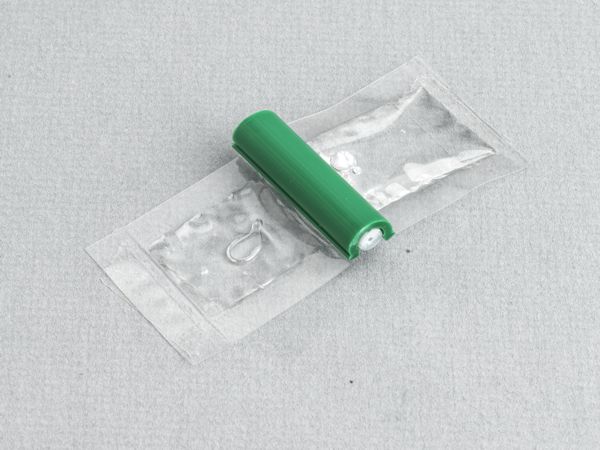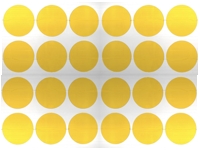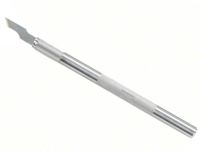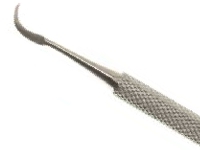|
Outline
This method is used to rebond a lifted land. Liquid epoxy is inserted under and around the land to bond it back down to the circuit board surface.
|
|||||||||||||||||||||||||||||||||||||
|
Procedure
Procedure
Evaluation
|
|||||||||||||||||||||||||||||||||||||
Images and Figures
Lifted Land Repair, Epoxy Seal Method

Figure 1. Carefully apply a small amount of epoxy under the entire length of the lifted land.

Figure 2. Place high temperature tape over the lifted land.

Figure 3. Completed repair.
|
|||||||||||||||||||||||||||||||||||||
4.4.1 Lifted Land Repair, Epoxy Seal Method
Procedure covers method to repair lifted lands on circuit board assemblies using liquid epoxy.
Minimum Skill Level: Advanced
Conformance Level: Medium
REQUEST FOR QUOTE GUIDES INDEX

Lifted Land Repair, Epoxy Seal Method

Carefully apply a small amount of epoxy under the entire length of the lifted land.

Place high temperature tape over the lifted land.

Completed repair.

Circuit Frames have a dry-film adhesive backing to ensure the delicate repair procedure is easy, fast, and highly reliable
LEARN MORE

This clear, low-viscosity, superior-strength epoxy is ideal for many circuit board repair and rework uses.
LEARN MORE

We're here to help with all your challenging circuit board and electronic component rework and repair needs.
LEARN MORE
SLIDESHOW STARTING
❮
❯















